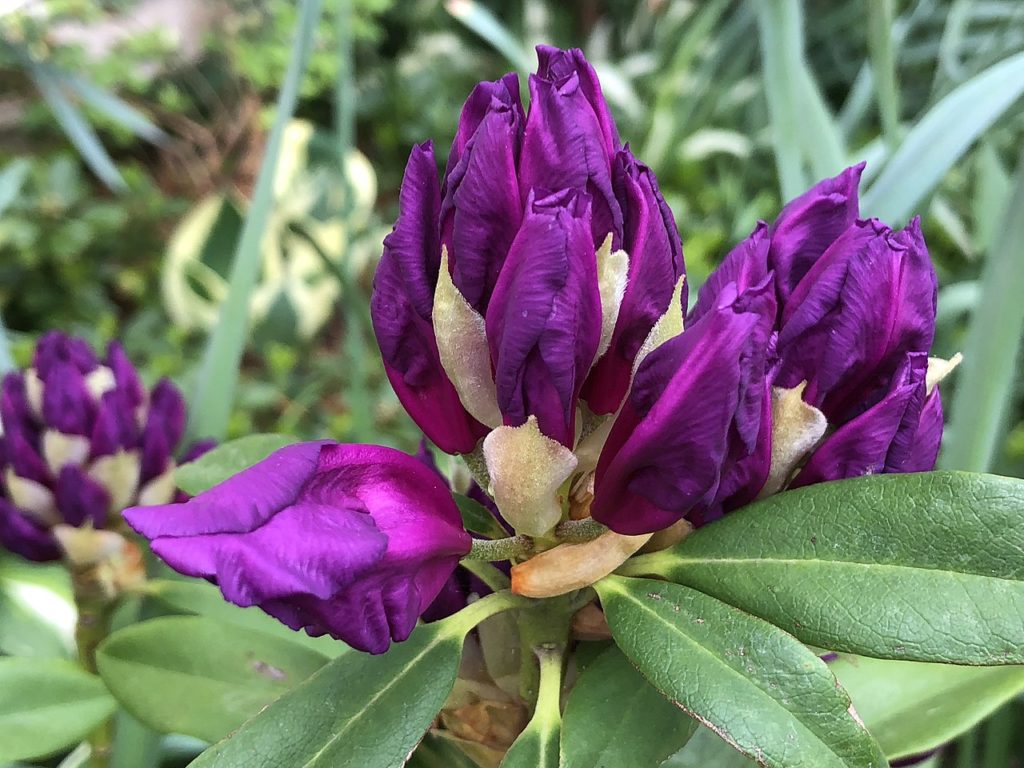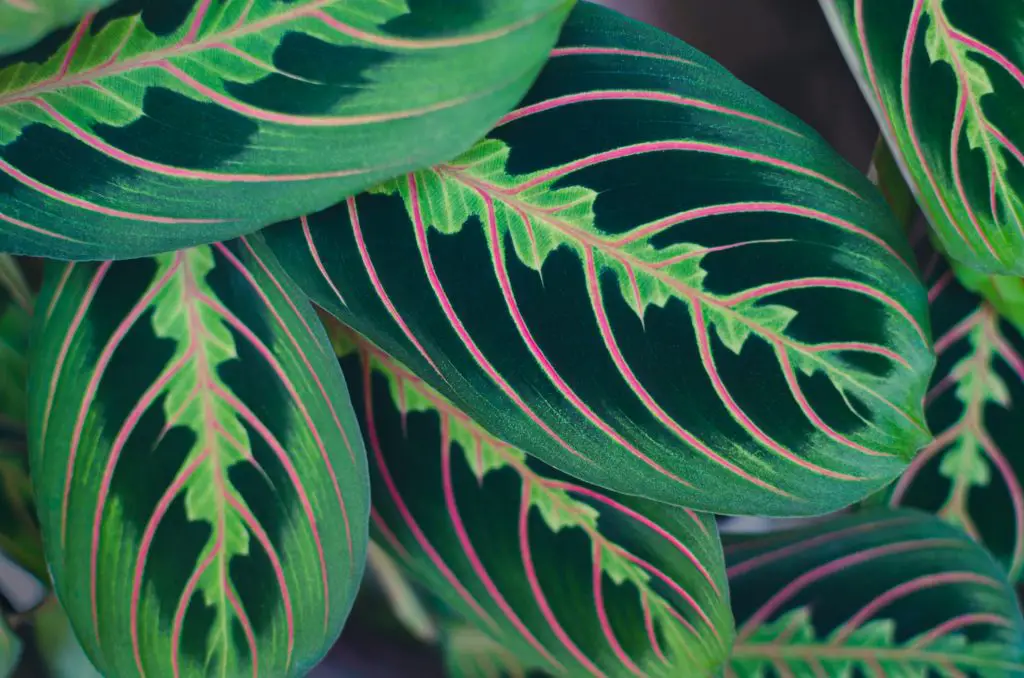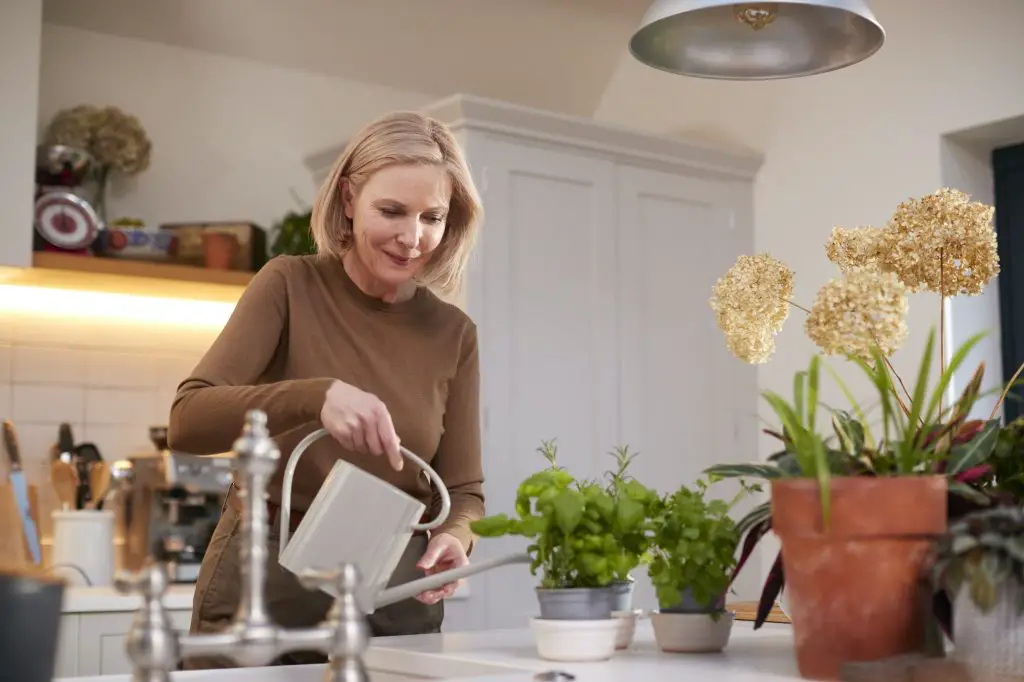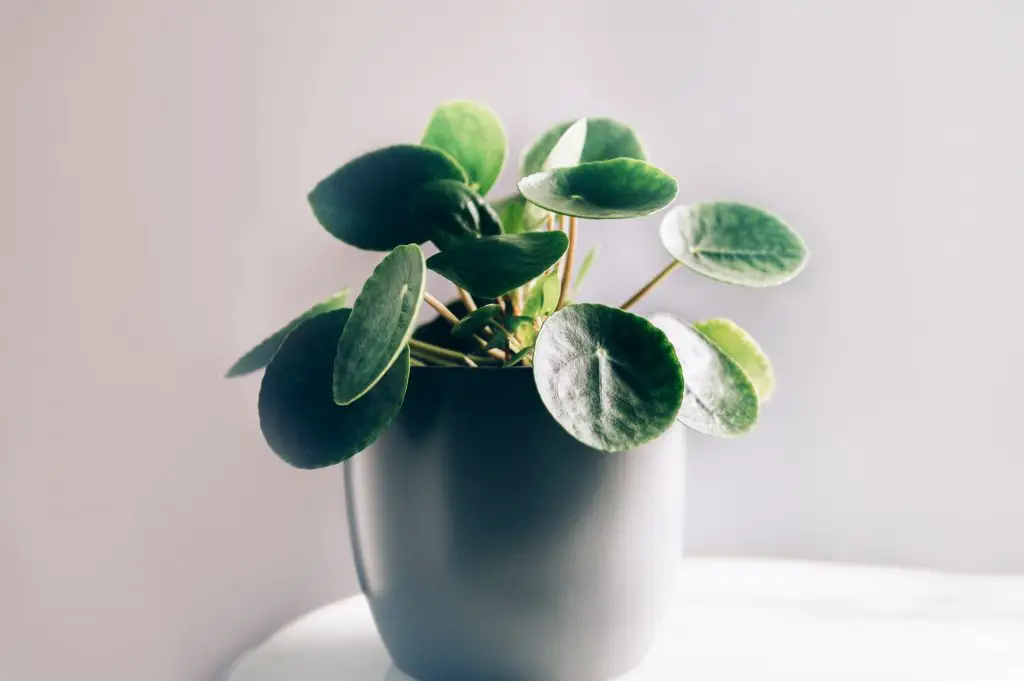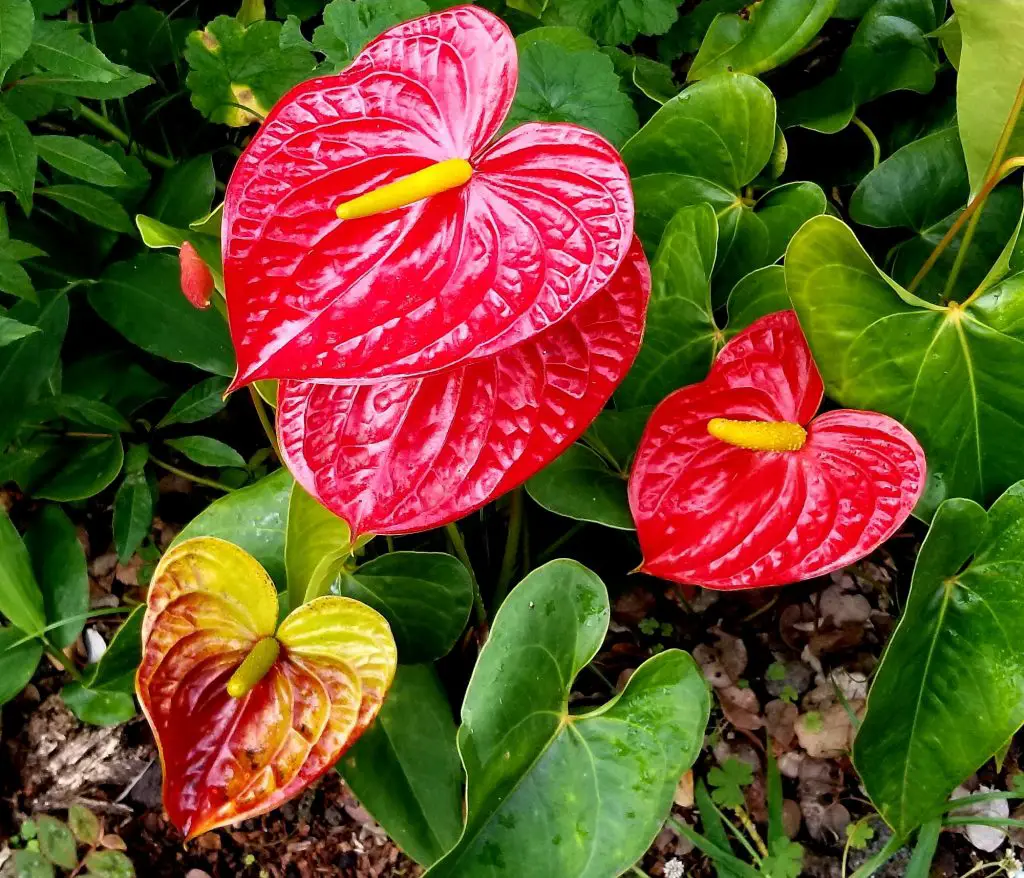Apart from the benefits that that many plants offer, one of the reasons many people grow plants is for their colors. Did we just speak your mind? Blends of colors make everything beautiful.
We are aware of how hard it might be to get your favorite color as plants. What if we told you there is a plant that has purple leaves and foliage? Yes, there is. It is called the Purple passion plant. You may have seen this plant or heard of it, however, there is nothing like having ample information, enough to help you grow your purple passion plant.
Related read: Bunny Ear Cactus Plant: The Complete Growth And Care Guide
Table of Contents
Purple Passion Plant Background
| Botanical name | Gynura Aurantiaca |
| Common name | Purple passion plant |
| Plant type | Vine |
| Light | Indirect light |
| Soil type | Well-draining soil |
| Soil pH | 16 – 21 degrees Celsius |
| Native | Tropics of Asia and Brazil |
| Toxicity | Non-toxic. |
Purple passion plant is also known by its botanical name “Gynura Aurantiaca”. The most notable thing about the plant is its purple velvety leaves and its hair stem, which is also purple. The plant is a vine and this makes it suitable for hanging baskets.
Although no one is sure about purple passion’s origin, it is assumed that it is from either the tropical regions of Asia or Brazil, in the US alone, about 9 species of the purple passion plant are grown. The plant is a fast-growing plant that can grow up to 8 feet high and 5 feet wide. Purple passion plant has thick velvety leaves, with thick purple hairs all over a green-colored leaf.
The purple passion plant is one of the most grown houseplants and has been growing all around the world for about 200 years. The plant attracts a lot of bees and butterflies and this helps in its pollination. Unlike several other houseplants, we cannot say that the purple passion plant is the right one for beginner gardeners.
The plant, although relatively easy, it requires paying attention to details and also does best when closely monitored. One easy part of growing the purple passion plant is its propagating method. We know you will need all the help you can get as regards growing your purple passion plant. We have provided the best care guide on how to keep your purple passion plant living and propagating.
Purple Passion Plant Requirements
These requirements will guide you in the right condition to provide for your plant. Growing purple passion isn’t so hard; however, you have to give it your attention.
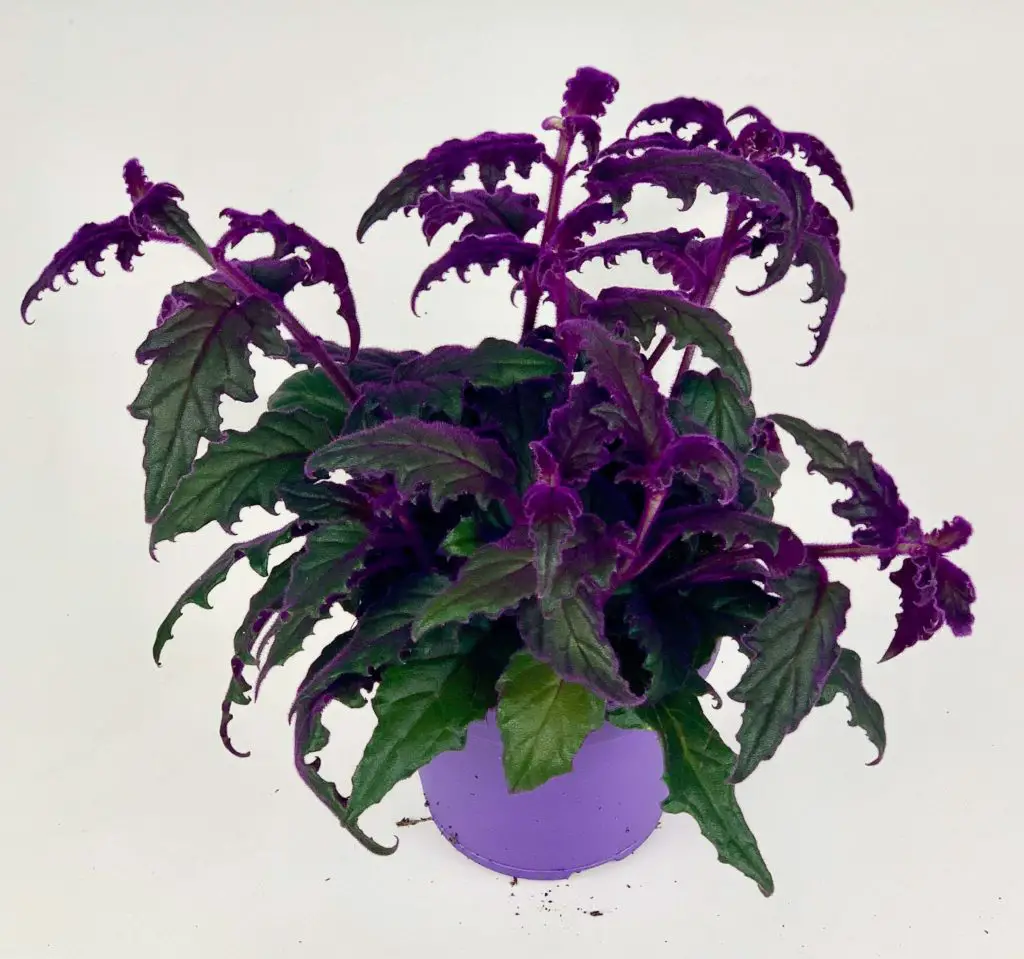
1. Light
The lighting provision for the purple passion plant is really important; this is because of its color. The plant requires bright, indirect light to maintain its bright shade of purple. However, it should not be exposed to direct light as this can cause damages to it.
The plant will also survive in partial shade, as long as it is not exposed to the sun. A general rule for the purple passion is that the more indirect, bright light it gets, the more vibrant its color stays.
2. Water
The root of the purple passion is a very sensitive one, they are susceptible to getting root rot, hence you will need to be careful with watering and also limit the amount of water they get. The soil of the plant needs to stay moist, but not over wet.
You can create a watering schedule that will favor the plant’s needs i.e. once a week. The plant can tolerate a little water neglect; hence you don’t have to worry if it’s dry. You should also only water the soil and not the leaves.
3. Humidity
As a tropical plant that the purple passion plant is, it requires a high level of humidity. Humidity can be provided in certain ways. You can either provide humidity for your plant by placing it in a room with natural humidity such as the bathroom and kitchen. You can also mist your plant regularly or purchase a plant humidifier.
4. Temperature
Purple passion plants are the type of indoor plants that will not stress you when it comes to their ideal temperature. They can live in a wide range of temperatures, as long as they are within 16 to 21 degrees Celsius. Although some purple passion plant grows best in 29 degrees Celsius. The most important thing to note is that it should not b placed below 15 degrees C.
5. Soil
Purple passion plant has delicate roots; hence it has to be grown in porous soil. The main aim is to provide soil that will easily drain water. You must also provide natural fertilizers i.e. Compost that will provide nutrients for the plant and accelerate its growth.
For best results, make a mix of sand, perlite, and pumice. All of these will provide the right condition that your plant needs.
6. Fertilizer
The purple passion plant is one of the plants that do not need fertilizers to grow as they should. For some species, fertilizers can become poisonous. If you have to, feed it with standard fertilizers for houseplants, make sure to dilute it to half its strength to avoid damages. During the growing seasons, fertilizers can be applied once in two weeks.
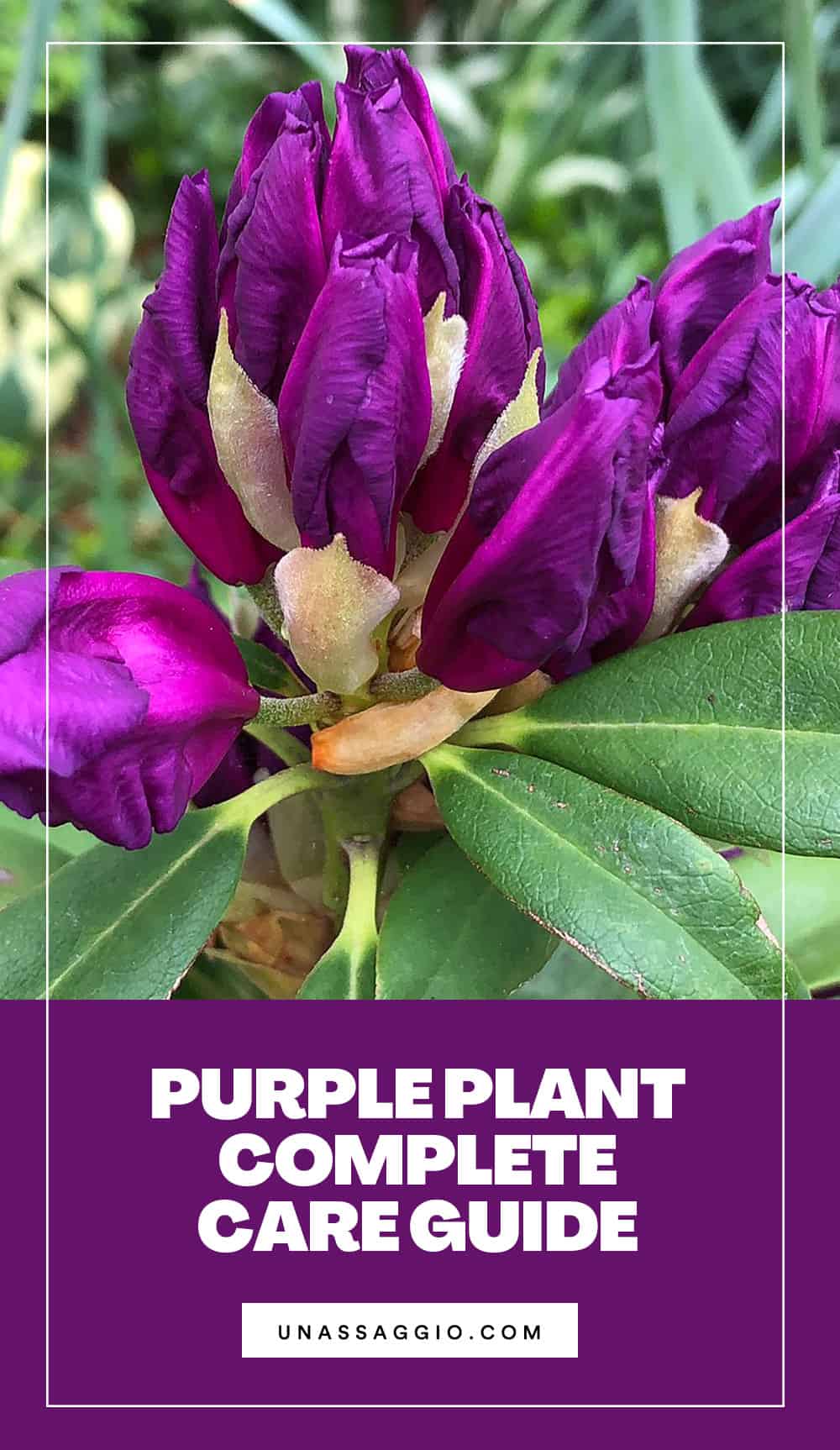
Purple passion plant propagation
Propagating the purple passion plant is not a hard task to perform. The plant can be propagated via stem cutting in either soil or water, however, because of how fragile its roots are, water rooting is a less successful technique to perform. The following are steps to propagate your plant successfully.
Propagating Purple Passion Via Stem cutting
- Identify a healthy and mature plant.
- With the use of sharp scissors, make a cutting of about two or three inches and get rid of the bottom leaves
- Prepare a pot with fresh soil and water the soil first, before you add the cutting. This will help the plant grow.
- Place the cutting into the soil and water the soil again, to make sure the water goes round.
- Place your plant pot in a location where it can get access to indirect light. Avoid direct sunlight.
- In about 4 weeks, your plant should develop its roots.
How To Care For Your Purple Passion Plant
Apart from the requirements that your plant needs for growth, it is also important that there is close monitoring of its growth, to identify problems, infections, diseases, etc. The following are care guides for your purple passion plant.
- Because of the purple passion’s vining nature, it is of utmost importance that you prune it regularly. This will allow the plant’s lower sections to grow and also help the plant maintain a good look.
- Brown spots on your plant’s leaves are indications that your plant is getting too much water, this can also come alongside other signs such as slimy roots, root rot, etc. Observe your plant and adjust to help it get back to good health.
- Brown tips are a sign that your plant is being exposed to direct sunlight. It could also mean that your plant is getting too much fertilizer. Observe your care routine and cut back on sunlight and fertilizer.
- A good tip to make sure your plant is kept moist and not soggy is the ice cube method. This involves placing three to four ice cubes on the topsoil and let it melt. This is like measuring the right amount of water for your plant.
- Although the plant does not grow so large, it is important that you re-pot, because of the benefit that it needs from the fresh soil. Re-potting is best done yearly.
Final Thoughts
When there is a problem with the purple passion plant, it is usually obvious; this is why you have to pay attention to your plant, to know when something is wrong. Although it isn’t so easy to grow, due to its need for attention, we can say that its propagation method is very easy.
When next you need a plant to add some color to your home or space, purchase a purple passion plant.
Read next:

